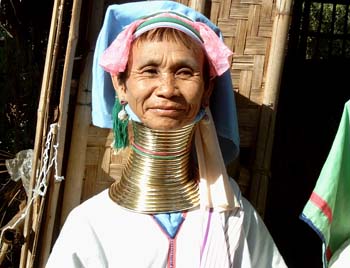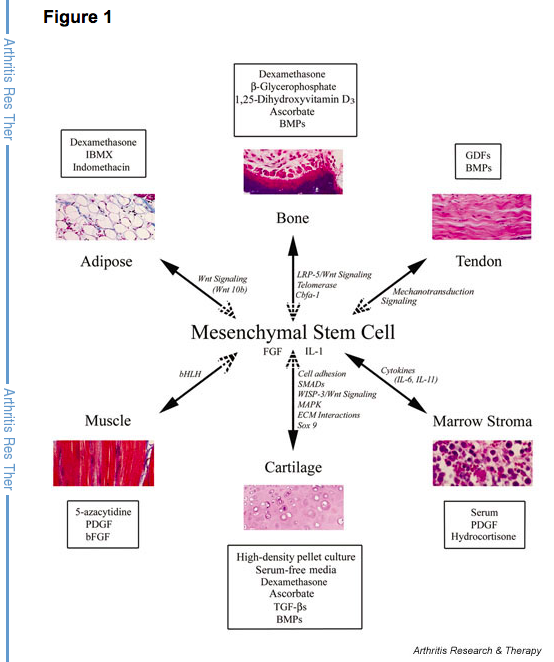Recently Kazlina (also goes by Nicki on some other height increase forums) who has been a contributor to the website/blog has been able to get the book School Of Height and send me the PDF document of the entire book. The entire PDF will be added to the “Library” section of the website under technical books. You can get the PDF by clicking HERE.
The 7 sections are supposed to go…
- General preparation
- Specific flexibility
- Asymmetric exercises
- Nutrition
- Pressure massage
- Breathing and autogenic training
- Training aids
The first thing I noticed was that the book was not really a book but a 7 section piece written up a Palko, an orthopedic physician. It is really short at around only 20 pages. However the content in the pages are really interesting and something which I have not seen suggested before so it is worth looking into.
From a quick first skim, I’d say that the the nutrition part is bad advice. The stretching ideas is reasonable and should be slightly effective. There are two parts which are completely new and worth talking about.
The first part is the breathing and autogenic training section. What it seems to involve is using a breathing pattern with vizualization techniques for autosuggestion. This is a method which is very similar to the hypnosis ideas I’ve found in the past as well as having a slight resemblance to the qigong method Zixia talked about.
The second section worth looking at is the pressure massage section. In it, we are seeing the use of having plastic pins or needles being stuck in the area below the patella for a short time. From only a 5 minute analysis of this idea, it is similar to Tyler’s LSJL idea since we can think of the plastic as device that is compressing down on the tibia proximal epiphysis. The sad fact is that this “doctor” seems to be using some pseudoscience theory to justify the exercise feasibility.
The section on asymmetric exercises do suggest some reasonable ideas from a quick glance. He never claims more than 2-3 cms increase in height. His advice on muscle stretching runs counter to what common sense would say but it seems reasonable after further consideration.
Conclusion: This book raises some ideas and some are actually quite similar to ideas which we have seen before which were claimed to have had good results. I am not sure if this Palko guy was a real doctor and this guide for height increase neer had many reviewers of the material. I would say that for the height increase seeker, it is probably worth looking into the flexibility and exercise ideas. The visualization and hypnosis section probably won’t give results but it won’t hurt the practitioner. I can not claim it is a scam but there has been no test subjects, testimonials, or any older references to use to make a better judgement on the book.


